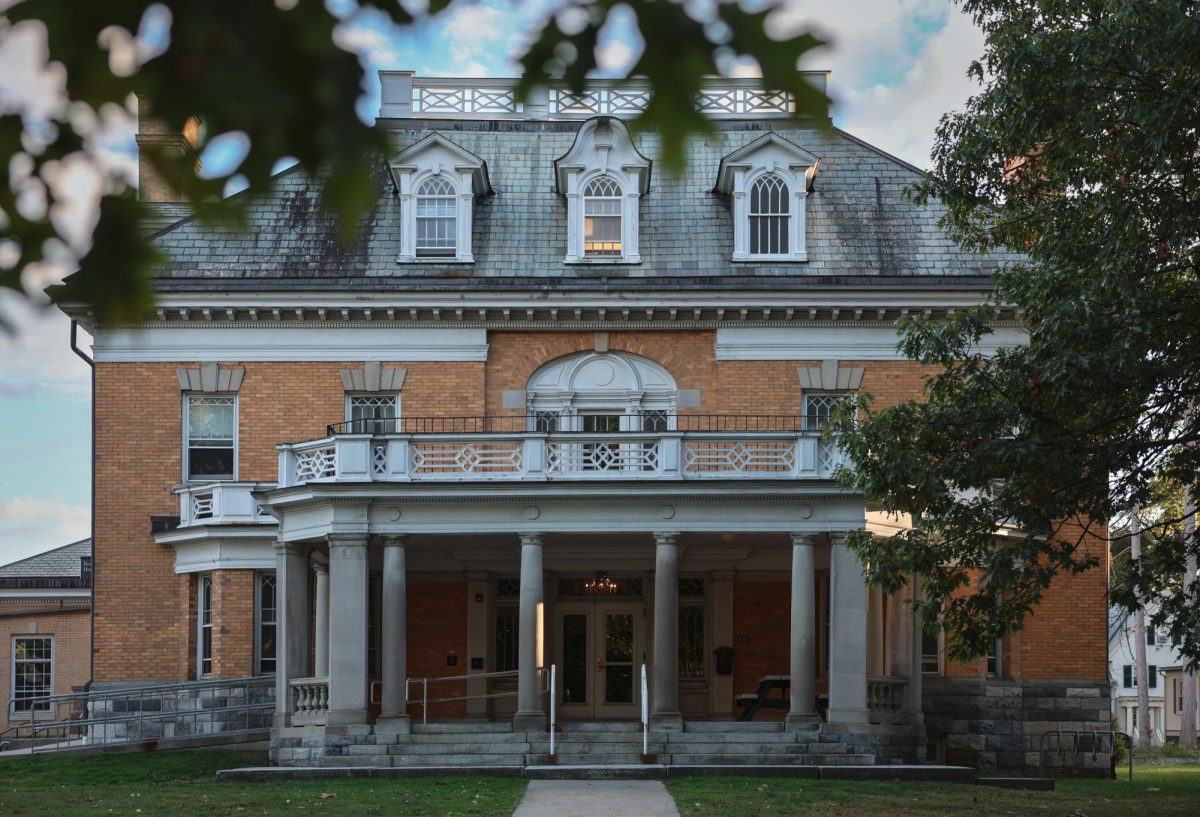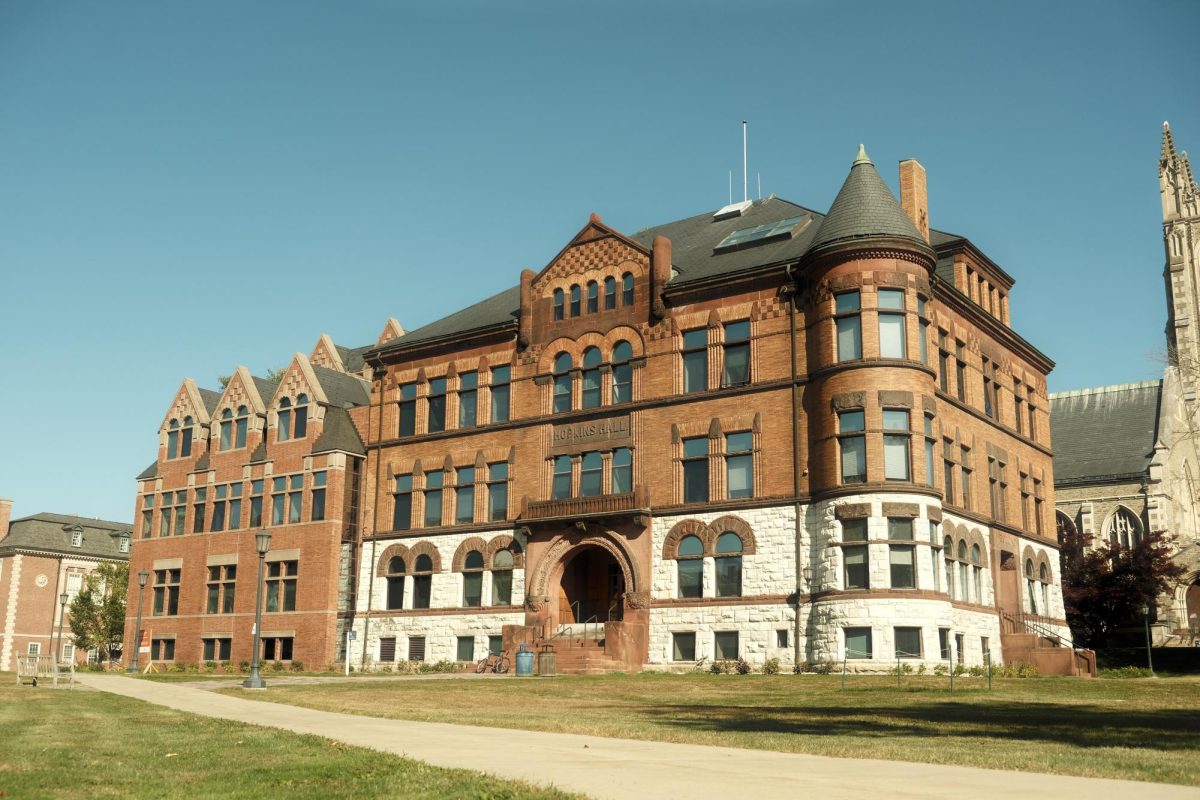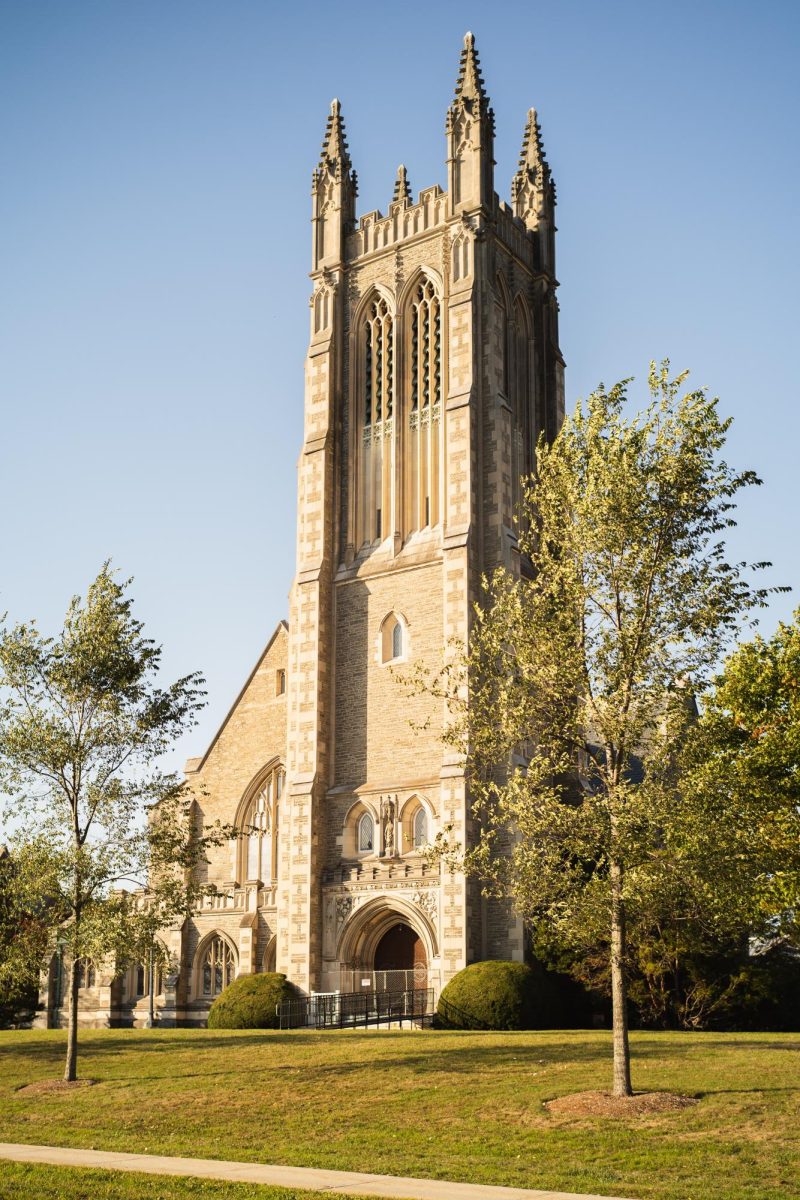Staff, including administrators, have said that while the College has made improvements regarding well-being and retention of faculty and staff of color since the release of a grassroots report from 2009, work needs to be done to make the College a more inclusive and welcoming space.
The formation of the Faculty-Staff Initiative (FSI), the group that released the 2009 FSI Report, was prompted by departures of faculty of color in 2007.
Assistant Professor of English Kimberly Love’s and Assistant Professor of Women’s, Gender and Sexuality Studies Kai Green’s leaves prompted renewed interest in the College’s relationship with its faculty and staff of color, and faculty members told the Record in February that many problems presented in the report were still relevant, referencing problems that minority faculty face.
As Professor of American Studies Dorothy Wang noted, however, staff also face similar issues regarding diversity and inclusion. “It soon became clear that minority staff were also having issues,” Wang said. “And then finally what it ended up being was actually an organ for staff members in general to have a voice, because staff had very little voice at Williams.”
Staff in various positions and departments at the College have said that problems raised in the FSI Report affect the sense of inclusion and equity for many staff, particularly those of color. Some, as mentioned in the FSI report, feel as if they are viewed as “dispensable” or not as “legitimate members of the community.” Many said that such issues stemmed from a larger divide between faculty and staff, and between administrative staff and support staff that has persisted at the College.
Laini Sporbert, a health educator at the College and a signatory to the original report, said that such divides reinforce a larger FSI recommendation for inclusion that has yet to be fulfilled.
“I think in many cases the support staff feel like the lowest on the rung of the totem pole,” said Sporbert, a member of the Williams Staff Committee. “As much as I – as an administrative staff person – like to think of us as an equal group, I also know that there are big discrepancies… And I’m not sure the sense is that Williams would fight harder to keep its current skilled staff (whether a minority or not) from moving on. I know a few examples of former staff leaving Williams, who… ultimately left the College because they didn’t feel valued or supported by Williams enough to stay in that position.”
The Office of the Provost, which is responsible for strategic planning relating to admission, financial aid, and institutional research, said there are efforts being taken to increase diversity and inclusion on campus.
The Office for Information Technology recently had a staff member lead the rest of the team through “an exercise demonstrating the role of implicit bias and the importance of creating an inclusive environment for the entire campus,” Provost David Love said. The Institutional Research Office is supporting the data and measurement efforts that are critical to making progress in this area on campus. According to Director of Libraries Jonathan Miller, the libraries have implemented a “strategic planning process” that has included discussion groups to converse on “issues of diversity and inclusion as they relate to the library profession.” Another initiative implemented by the libraries has been the creation of the Lowe Fellowship by Head of Special Collections Lisa Conathan, a postgraduate opportunity for historically underrepresented people in Special Collections librarianship to explore the profession. Libraries have also proposed in the budget to develop a three-year “diversity residence” for an early career professional librarian to come and work for Williams College.
“In terms of recruitment, the Office of Institutional Diversity and Equity (OIDE) and Human Resources have partnered to implement a campus-wide program aimed at widening the pool of prospective applicants, mitigating the roles of implicit and explicit bias in hiring, and ensuring that our hiring practices support the broader goals of diversity and inclusion on campus,” David Love said.
Danielle Gonzalez, Director of Human Resources (HR), further commented on HR initiatives relating to diversity and inclusion among staff. “While many of our IT system and vendors create constraints on gender reporting, we have revised staff onboarding process for individuals who identify as nonbinary or transgender to ensure gender identity is acknowledged and respected,” Gonzalez said. “Working with our benefits committee, we consistently advocate for robust and inclusive benefits. We host many learning and development opportunities for staff and managers, one example was a session called Developing a Diverse Team, designed to enable managers to take full advantage of the productivity potential inherent in a diverse population. In addition, HR works closely with managers at all levels of the institution to emphasize equity and inclusion.”
“In 2009–10, HR staff along with other colleagues across campus co-facilitated dozens of day-long workshops, called Building an Inclusive Community, which engaged more than 500 staff. The program established a common vocabulary to help staff take part in a dialogue about diversity and inclusion,” Gonzalez said. HR has also been part of the Affirmative Action Advisory Group, the Committee on Diversity and Community and the Trans* Inclusion Committee in past and current years.
According to some who spoke to the Record, however, addressing issues of equity and inclusion require not only structural changes but also further reckoning with the College and the surrounding Berkshire area’s history of race and diversity.
Director of Alumni Diversity and Inclusion and Associate Director of Alumni Relations Sharifa Wright ’03 said that even as an alum, resettling at the College was still difficult because the Berkshires being a “predominantly white region with a very specific culture” did not resonate with her as an immigrant and Black woman. Wright said being able to travel and visit family while working at the College helped living in the Berkshires be “tenable” for her, but she sometimes questions the College and Berkshires’ compatibility with staff of color.
“I do, sometimes, have to question whether this is the best place for me to thrive and achieve the highest possible quality of life and I think that racialized folx probably end up asking themselves that question far more frequently than our White counterparts,” Wright said. “Because of the institutional and cultural history of Williams, that work is ever expanding and the needs in this space are shifting exponentially. You often have to exert a disproportionate amount of effort to realize marginal gains if, any at all, all while, sometimes, having to justify the relevance and the necessity of the work. For PoC [People of Color] faculty and staff for whom D&I [Diversity and Inclusion] is not explicitly in their job description, and yet they have to take on this work to make their work and social lives viable, I can’t even imagine the scale of that burden.”
Sporbert, who grew up in North Adams, said that entering the College was initially intimidating for her because of Williamstown’s legacy as a distinctly affluent part of the Berkshires.
“That [sentiment] has gotten better over time, not just with my experience but with Williams kind of expanding its mission to include more students of various economic backgrounds and students of color and diversifying the student body as a whole. This has made the place more welcoming to me, as a person coming from a lower-class background… But as we know from recent events, there are lots of ways Williams feels unwelcoming to some people. Despite Williams changing the demographics of the people that it brings in and trying to make Williams more diverse and inclusive, some might say it still has its colonialist feel to it.”
Despite initiatives taken by various offices and facilities on campus, Miller still recognized that these issues of diversity and inclusion among staff raised in the report were ongoing. “We have made some progress over the last decade, but a lot of [the report] felt very familiar. The difficulties that faculty of color face but also staff of color face in looking at the College and living in western Massachusetts, they are all familiar things.”
“I don’t even like going there every day because I feel the racial tension – but it’s all swept under the rug,” said one support staff member who requested anonymity. “I have to forget every day that I’m Black.”
He said that while he has reckoned with such feelings and has been able to continue working at the College, he would not recommend to other people of color to work at the College.
“You gotta [walk] into the College with all white people around you, in a white place – it’s a mindset,” he said. “The prejudice and the racial tensions – it’s all swept under the rug and people don’t want to talk about it in the open anymore.”
Similar sentiments were expressed by another staff member in an administrative department who also requested anonymity. She said that many portions of the report that highlight problematic dynamics regarding equity and inclusion are still pertinent. “Nothing seems to have changed much since then,” she said, highlighting in particular a statement on page 15 of the original report that states, “This experience is especially uncomfortable for staff of color or staff with language barriers who deal with insensitive comments or assumptions made about themselves or other members of their groups.”
“I get that sometimes because my accent or my soft-spokenness,” she said in reference to the report, noting that English is not her first language.
Sporbert said it in order to make the College more equitable for all staff, it will be critical for the College to revisit the FSI recommendations. She highlighted the importance of enlisting an ombudsperson distinct from Human Resources – the fifth recommendation from the report – in order to allow staff to openly share their concerns without fear of retribution or termination. Other recommendations that have yet to be fulfilled include, as listed in pages 17 and 18 of the report: establishing a systematic method that sets yearly goals to improve campus climate – the first recommendation; increased transparency in review of departments and training opportunities; and including staff on more administrative committees, particularly the Committee on Priorities and Resources.
“I would like Williams to feel like it’s for all of us, that the reason that we have a job is because of students,” Sporbert said. “But for Williams to be a welcoming and inclusive community, it needs to acknowledge everybody that works there and in the varying capacities that they do their work. And that they’re not valuable for their work but for who they are as a human, whether or not they interact with students on a daily basis.”








